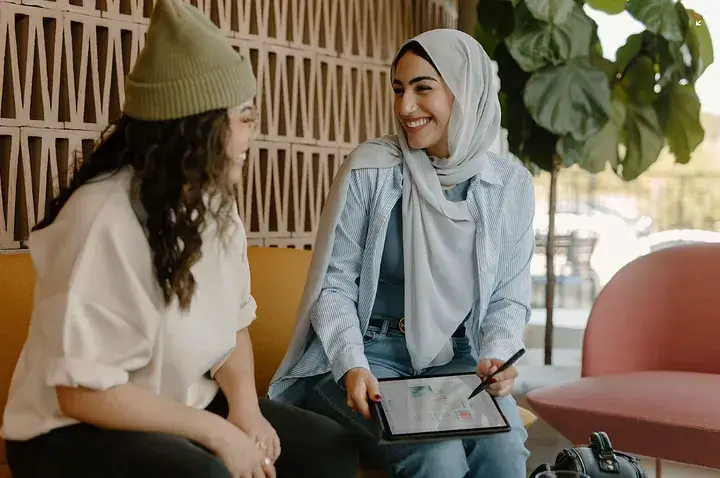
By clicking “Accept All Cookies”, you agree to the storing of cookies on your device to enhance site navigation, analyze site usage, and assist in our marketing efforts. View our Privacy Policy for more information.

Last week the Association of Charitable Funders (ACF) hosted the first mass in-person funders event in the UK since 2019. It was exciting and slightly overwhelming to be surrounded by so many people. It was clear that conversations have progressed in the three years since the sector last was in the same room en masse.
Discussions around participatory grantmaking were at every turn, from panels and breakout sessions to lunch queues and coffee stations. What was once seen as radical, edge practice has truly entered the common narrative.
So much so that one of the keynote speakers, Danny Sriskandarajah, CEO of Oxfam GB, provided an impassioned critique that participatory grantmaking is not radical and it isn’t the future.
“We should never have got ourselves into a position where we think involving our grantees and the people we claim to support in the decision-making and systems of our organisations is somehow innovation,” said Danny. “That should be fundamental to what we do.”
Interestingly, I don’t think this shift in dialogue is echoed elsewhere in the world. Colleagues have shared that in the US, they feel their country is much further away from embracing the practice — particularly in big, private philanthropy.
I couldn’t agree more with Danny’s statement. Participatory grantmaking is not that cutting edge. It should have been common practice more than 10 years ago. Despite the uptick in conversations on the topic and this seeming awareness of the need for it, the actual practice of participatory grantmaking is still not the default for many funders. How can we shift the action to align with this narrative as a sector? How can we follow Emmeline Pankhurst’s mantra of ‘deeds not words’.
I think there are a couple of conversations the sector now needs to have.
Participatory grantmaking is absolutely not radical or the future, but it also isn’t the present. I’m excited to see critics of the approach in public arenas, but I don’t want to present a false narrative that most funders are doing participatory grantmaking well. All this talk can often lead to confusion around what is and isn’t participatory grantmaking. I have heard people confuse trust-based philanthropy, open calls for funding, and feedback to grantholders as participatory grantmaking. Whilst these are all good practices, they aren’t participatory grantmaking. Participatory grantmaking’s core value is ‘ceding decision-making power over, grants and strategy, to communities’. There’s still a huge amount of work to be done to really, truly shift power instead of just talking about it.
Doing participatory grantmaking with the wrong motivations is worse than not doing it at all. What does better practice look like in participatory grantmaking? How do we do participatory grantmaking well? And how can we have conversations honestly when co-option of the term is rife?
As popularity grows, I worry many say or believe they are doing participatory grantmaking when they aren’t. How do we protect the sector, communities and individuals from ‘participatory grantmaking washing’ and the harm that comes along with this? The Participatory Grantmaking Community’s first suggestion is to fund organisations already doing this well. We are in a good position to broker introductions to amazing participatory grantmaking organisations working across the globe on a range of issues. Please do get in touch if you are interested in connecting about this.
Can philanthropy leapfrog participatory grantmaking into a totally new world? If so, what is that? How do we move beyond systems change and into systems redesign? How do we imagine not just the next iteration of participatory grantmaking but the practice that should replace it? One of the radical ways of expanding the ethos and principles of participatory grantmaking is to go to the ‘source’ and enable communities to make decisions about the investments creating philanthropic wealth rather than just making the decisions about the yields of those investments. In two weeks’ time the Human Rights Funders Network meets in Oaxaca where the Participatory Grantmaking Community will be seeking conversations about what comes next.
I don’t think philanthropy is “the solution” to the problem of inequality or long histories of extraction and exploitation. Philanthropy won’t save us. It’s really the floor, not the ceiling. Yet we are years (likely decades) away from power and wealth being redistributed in other ways. So for now, we’ve just got to do this better while working for wider systems redesign.